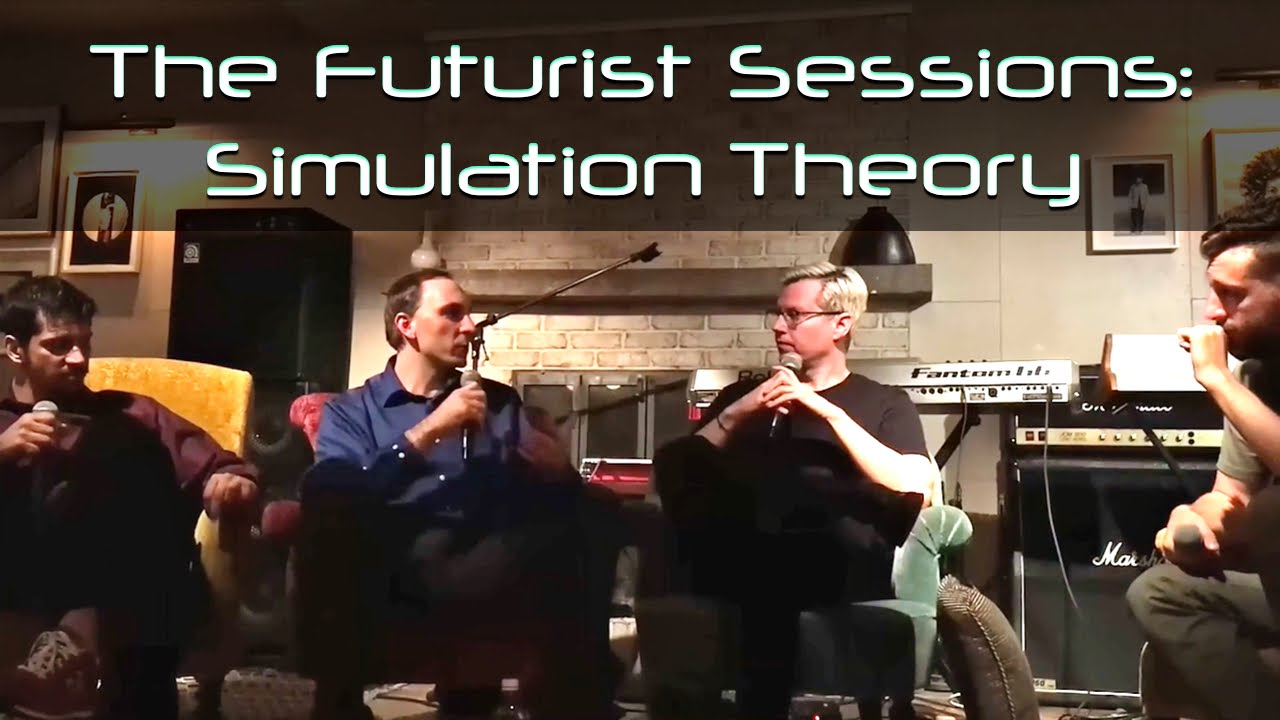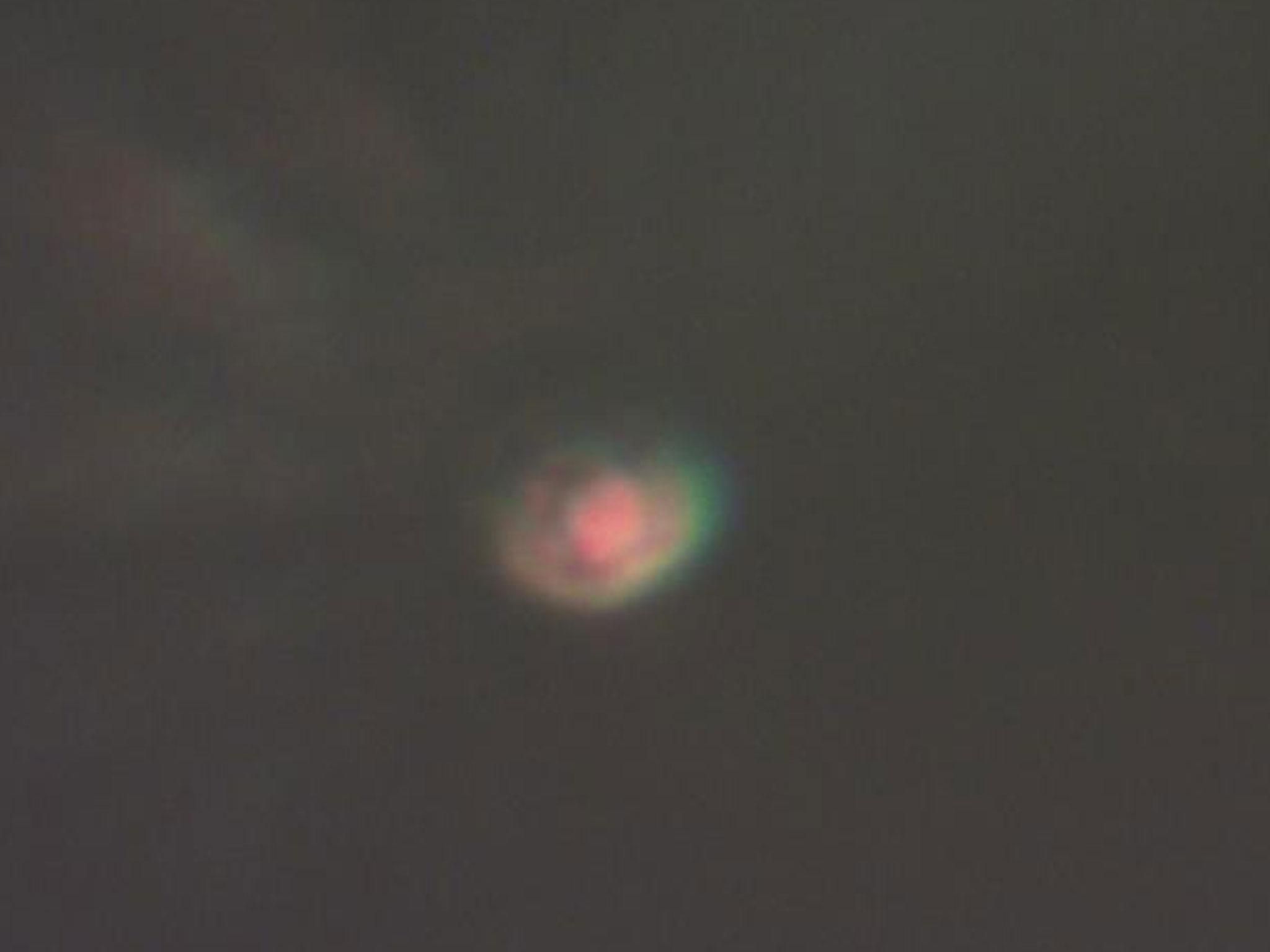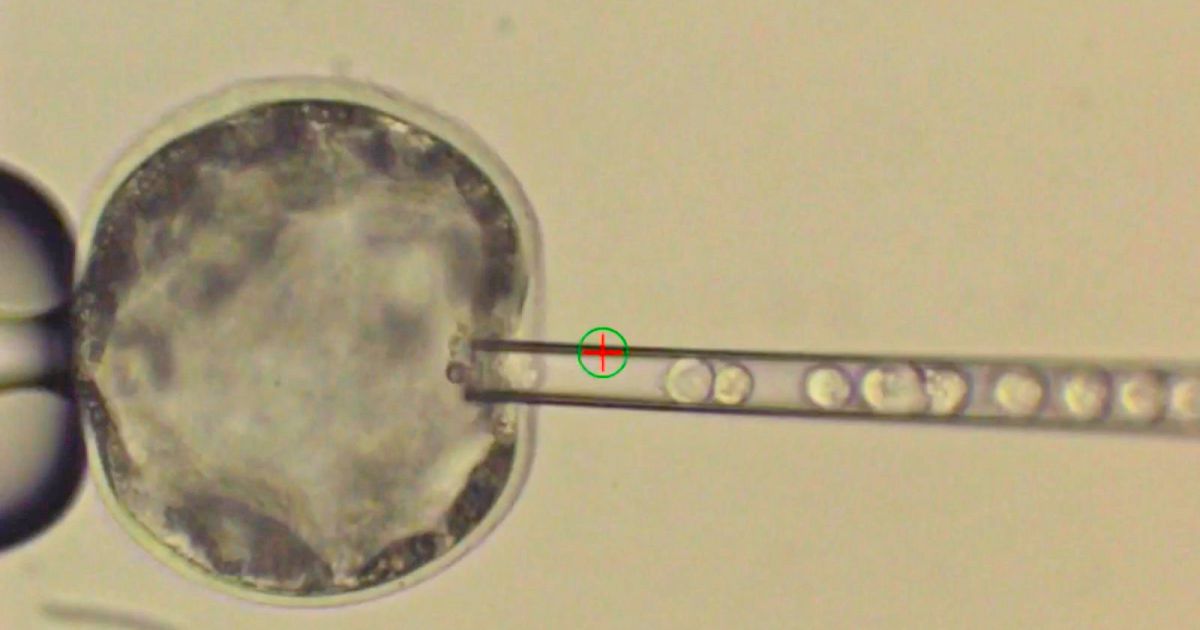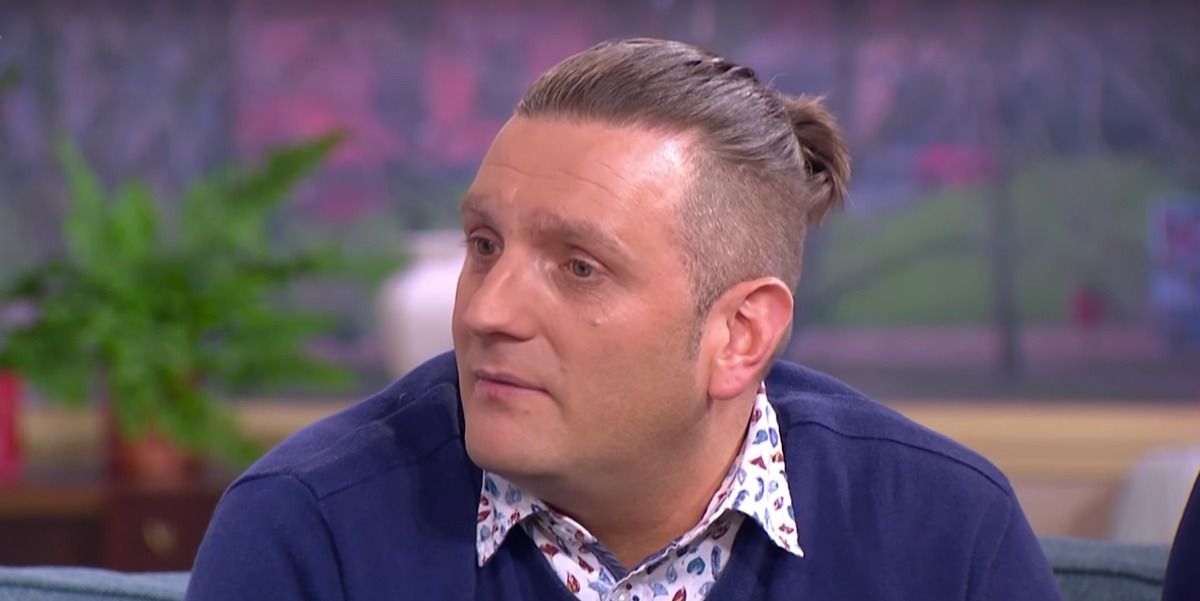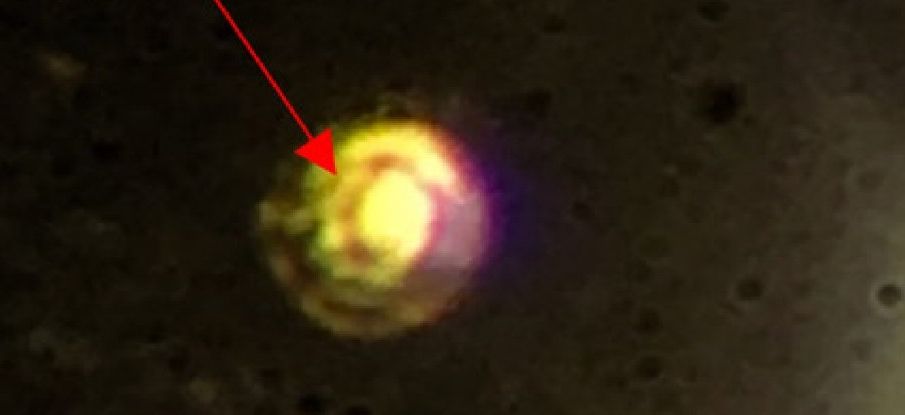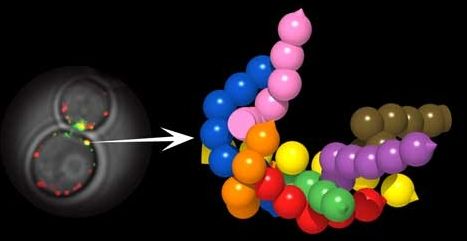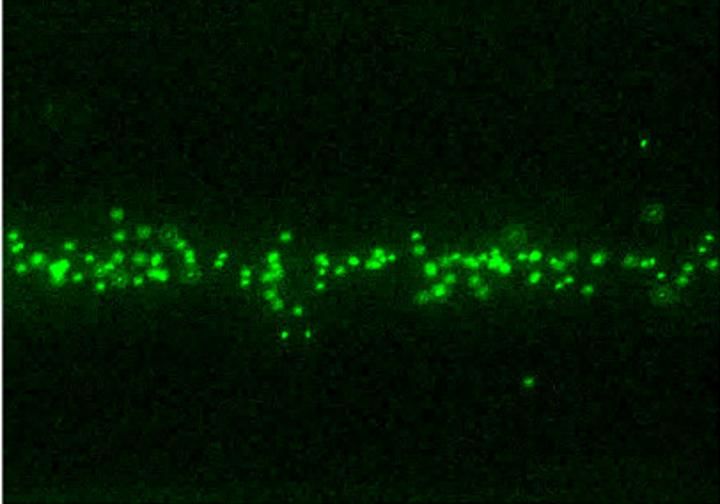Here’s a Harpers review on a new book about #transhumanism coming out soon that discusses the movement, including some of my work. I saw this review in the print edition today (150,000 copies hitting the stands today and 2nd oldest mag in America).
George Saunders is the most humane American writer working today. He need not ask, as Sheila Heti did in the title of her novel, how a person should be. He knows. A person should be courageous and hopeful, generous and kind. A person should sacrifice herself for the good of those who are more vulnerable. A person should live in the knowledge that life is suffering, and that the most, or least, she can do is attempt to ameliorate the suffering of others. And — this is where it gets interesting — a story should be as compassionate as a person. “A story’s positive virtues are not different from the positive virtues of its writer,” Saunders noted in an essay called “My Writing Education.” “A story should be honest, direct, loving, restrained.”

